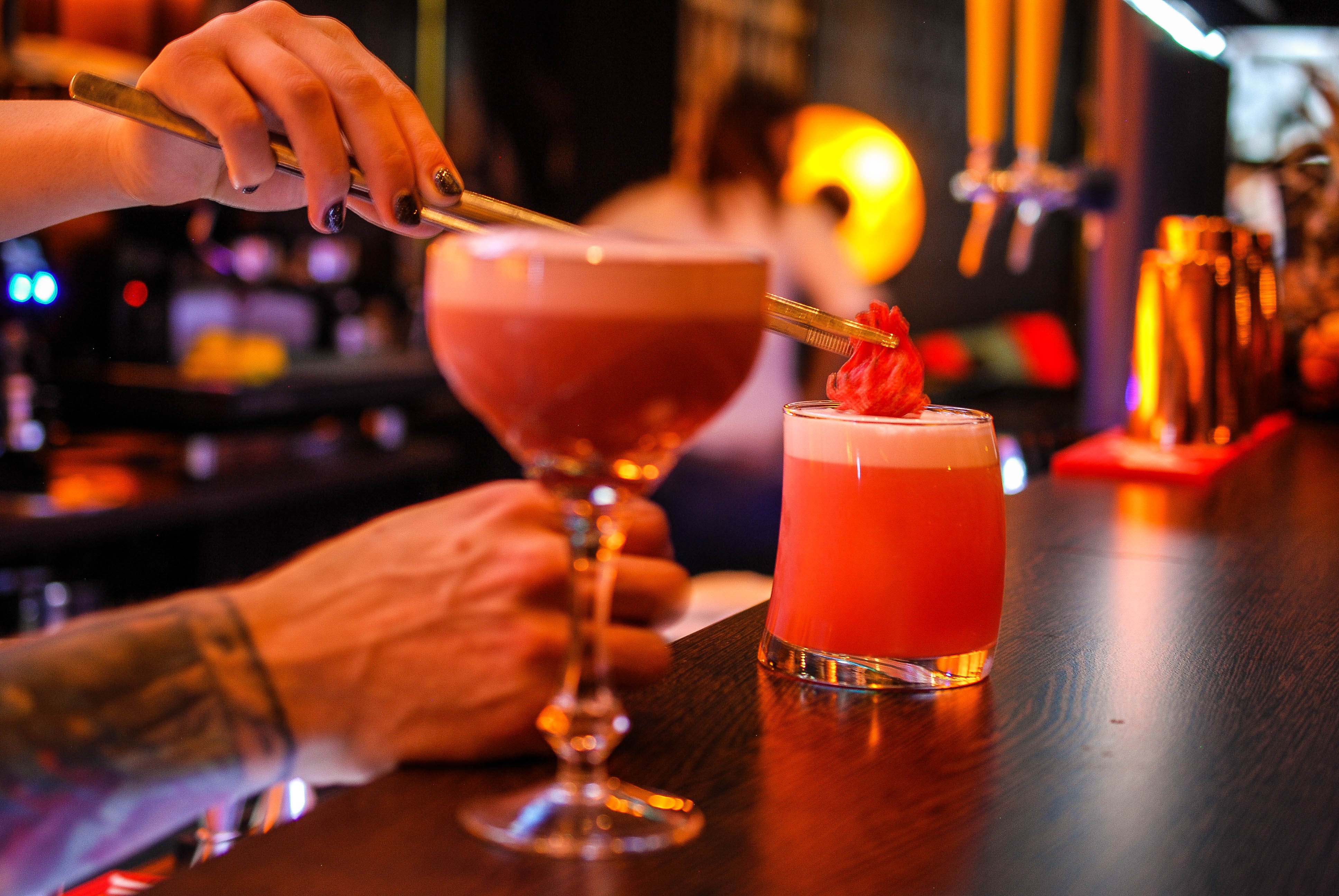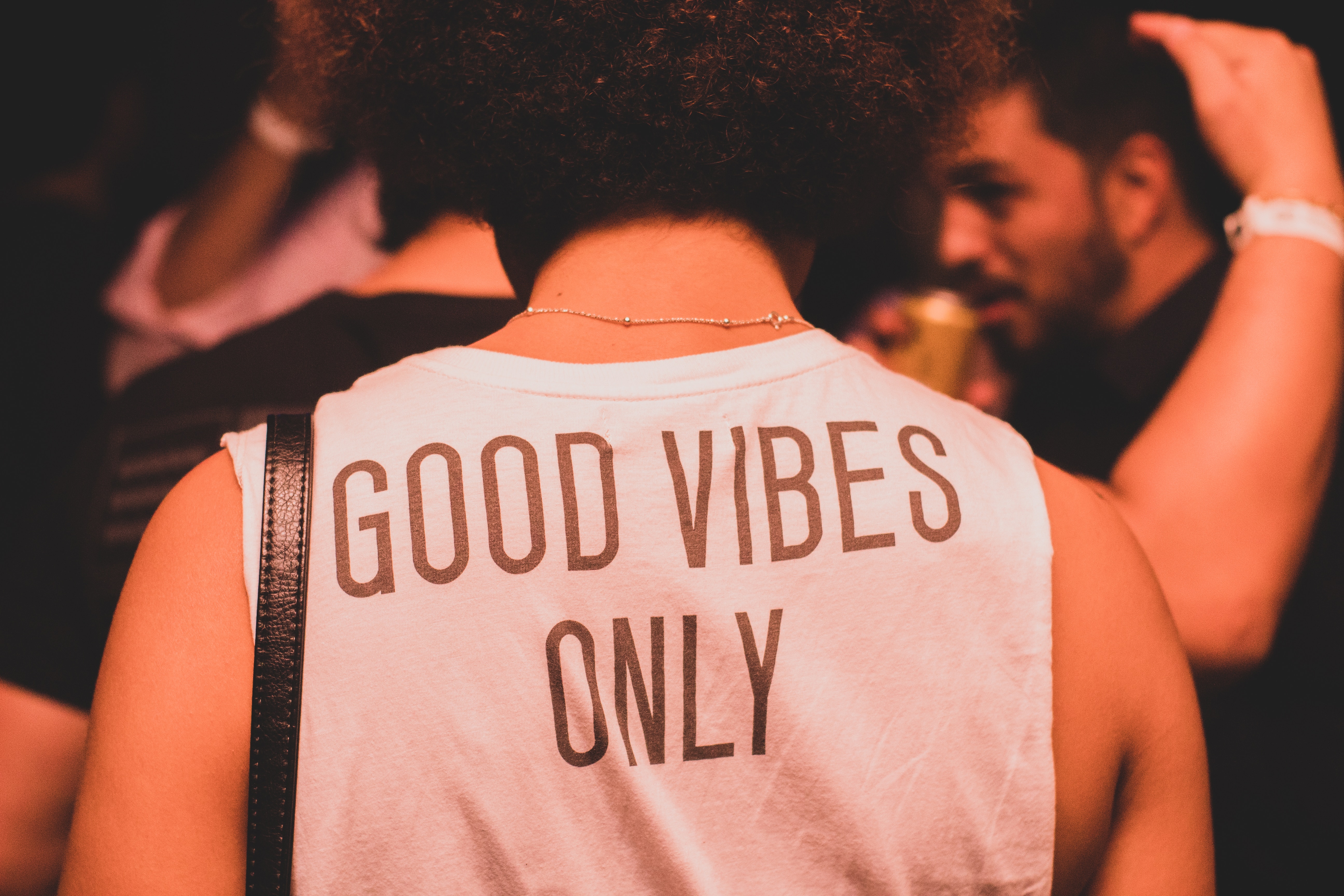Using Cultural Codes to Grow Spirits Brands
The spirits category is being stirred up. In the first edition of Architects of Growth, we sat down with Eric Sampers to discuss how the category is changing and what his approach is to making spirits brands grow.

Eric Sampers is a Senior Marketing Executive with extensive experience in premium spirits. Until early 2019, he was Global Brand Director at Pernod Ricard where he led a gin portfolio worth £240m.
While at Pernod Ricard, he helped to establish the Gin Hub – a separate business entity designed to capitalise on the gin craze. He also returned Beefeater Gin to double digit growth and led the development and launch of Beefeater Pink, one of the best performing new product launches in Pernod Ricard’s history.
Recently, Eric founded Illogical Drinks; an independent no and low alcohol spirits company with a product line-up yet to be announced.
Because: What was your journey to the Global Brand Director role at Pernod Ricard, one of the world’s biggest spirit producers?
I was born in France, but after visiting Brazil I fell in love with the country and took a job there back in 2003. That is actually where I started working for Pernod Ricard.
I had a chance to work with several local brands that were truly admired. People did not just buy these brands; they loved them. This experience helped me to develop a deep appreciation for the value of a real emotional connection between a brand and its consumer.
These insights helped me in many ways. For example, I developed a Cachaça brand called Janeiro. It was launched in 30 markets and it became the largest exported spirit brand in the South American division.
Over the years I worked in the US and France before settling down in London in 2016. This is when the company’s gin portfolio became my core focus.

Because: The amount of gin brands coming to the market in recent years has been astonishing. How did you approach the shake-up of your gin portfolio?
When I joined, the gin market was growing faster than our brands. We had to start with research. We had to understand why the next generation of consumers were coming to the gin category in the first place. What cultural codes were important to them?
Gin is very visual through packaging and serves. People increasingly value the visual presentation thanks to the rise of smartphones and social media. People want to take and share pictures of their experiences. It means the ability to create simple but visually effective serves is becoming more important.
Gin is also very playful. You see a lot of experiential activities. It’s an informal and accessible category with slightly younger consumers than certain other spirit categories.
We had to update our brand experience to align with the current cultural codes that had emerged. These changes took time but eventually we managed to accelerate the growth of our brands and even beat the market in many countries.
Because: Digital transformation has affected all industries. How is it changing the spirits business?
The spirits industry is fairly traditional and conservative. In large part it is due to production processes which in some instances have not changed for centuries.
Digital transformation is still in early stages. Ecommerce is developing a bit slower compared to other categories although the pace is accelerating now. Digital platforms are transforming how people engage with brands and products. Instagram in particular has had a big impact.
I think the way small brands build presence online is very interesting; a small brand can become very successful by using social media and ecommerce alone. This was not the case before.
Making the most of new digital channels has become very important.

Because: It seems like spirits category is undergoing a lot of change at the moment. What is your perspective on the future of spirits?
Change in the spirits sector has certainly accelerated. For example, nightclubs used to be very important for spirits. This has changed significantly with the new generation. Gen Z and Millennials are very different from previous generations. They are more health conscious; they don’t go out to clubs as often and are generally drinking less.
Spirits in particular depend on cultural codes since they revolve around status and act as a social currency. Cultural codes change all the time, whether it’s fashion, music or spirits, there is always disruption with each change of generation.
For example, gin actually became untrendy in the 80s/90s and vodka took over. This started to change at the beginning of the 2000s with brands like Bombay Sapphire. They successfully took codes from vodka and added new signals for the current cultural environment. Hendrick’s and craft gin followed and brought even more sophistication and refinement.
Vodka enjoyed a cultural relevance for almost 30 years. Now gin is taking over and it is not obvious what it will take to challenge it. The cultural cycles have become shorter, but it is possible gin will be able to enjoy cultural relevance for at least another decade.

Because: What do you think will be the key for building successful spirits brands in the future?
During my time in Brazil I learned that the connection consumers have with brands is not rational, it’s very emotional and culture led. If you are riding important cultural trends you will be able to create a good brand strategy.
Fortunately for marketeers, consumers are becoming more homogeneous around the world. Digital connectivity transcends borders and has brought people together, more than ever before. Of course, there are cultural differences but globalisation and the fact that we are super connected has brought down some of the cultural barriers people used to have.
For example, the so-called hipster culture spread very quickly across different countries. Brands like Hendrick’s and Jameson leveraged these codes very successfully.
Brands will have to be very clear about which audience they are after and what culture they are participating in. The audience is becoming savvier, they see if brands are being genuine or not.
You have to have a genuine cultural intent. This is key for brands that want to build a personal connection with their audience. If the brand changes their direction all the time, it’s a guaranteed failure. Unfortunately, that happens too often in large consumer goods organisations.
I think understanding human psychology and culture is going to be vital. The reality is marketing moves fast and often there is little time for deep strategic thinking, but this is where a real edge can be found. You have to educate yourself about your target audience and you have to create something tangible out of it. Easier said than done!